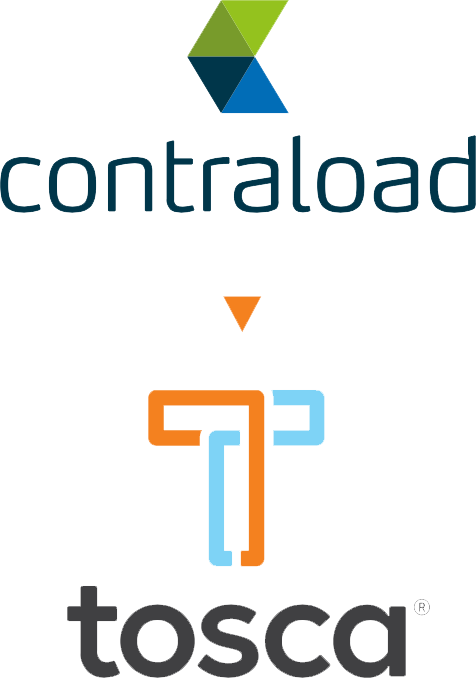Optimizing Your Supply Chain with Collapsible Bulk Containers
Many businesses are switching to collapsible bulk containers — whether they’re transporting, storing, or moving products from supplier to manufacturer or between plants. Here’s how Tosca’s plastic collapsible bulk containers put optimization first while creating a more sustainable supply chain for your business. What Are Collapsible Bulk Containers? Collapsible bulk containers – also known as…


